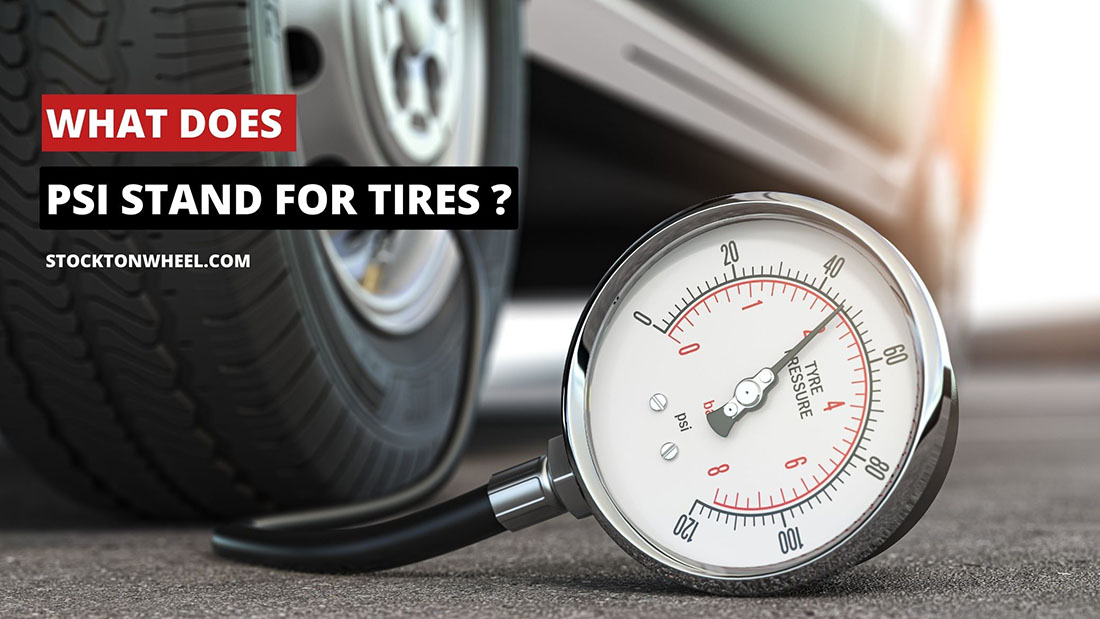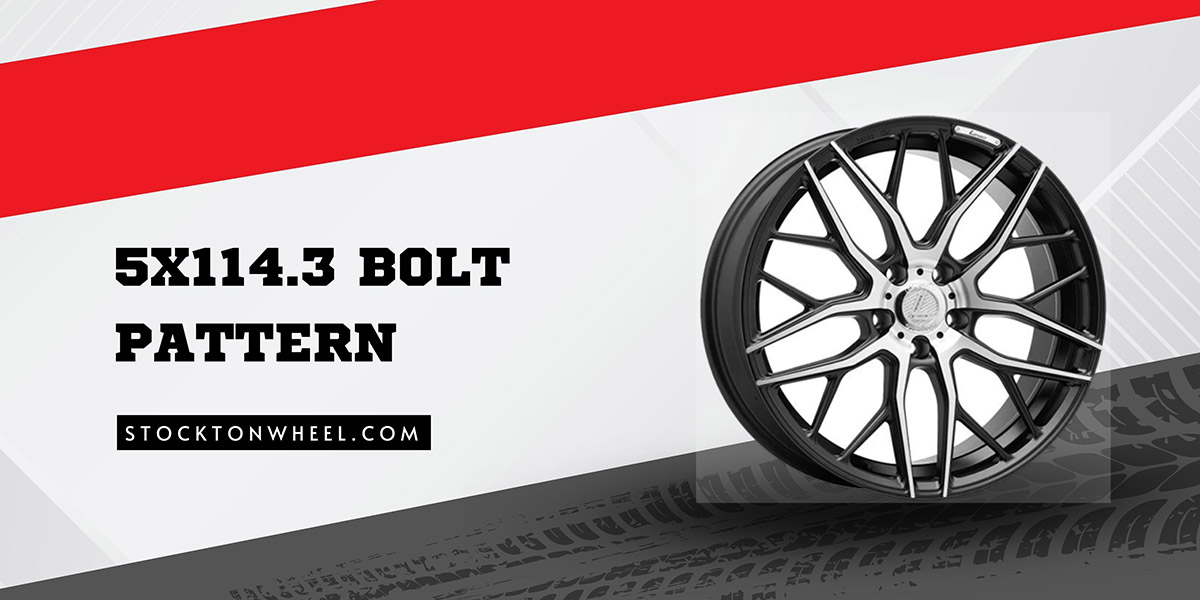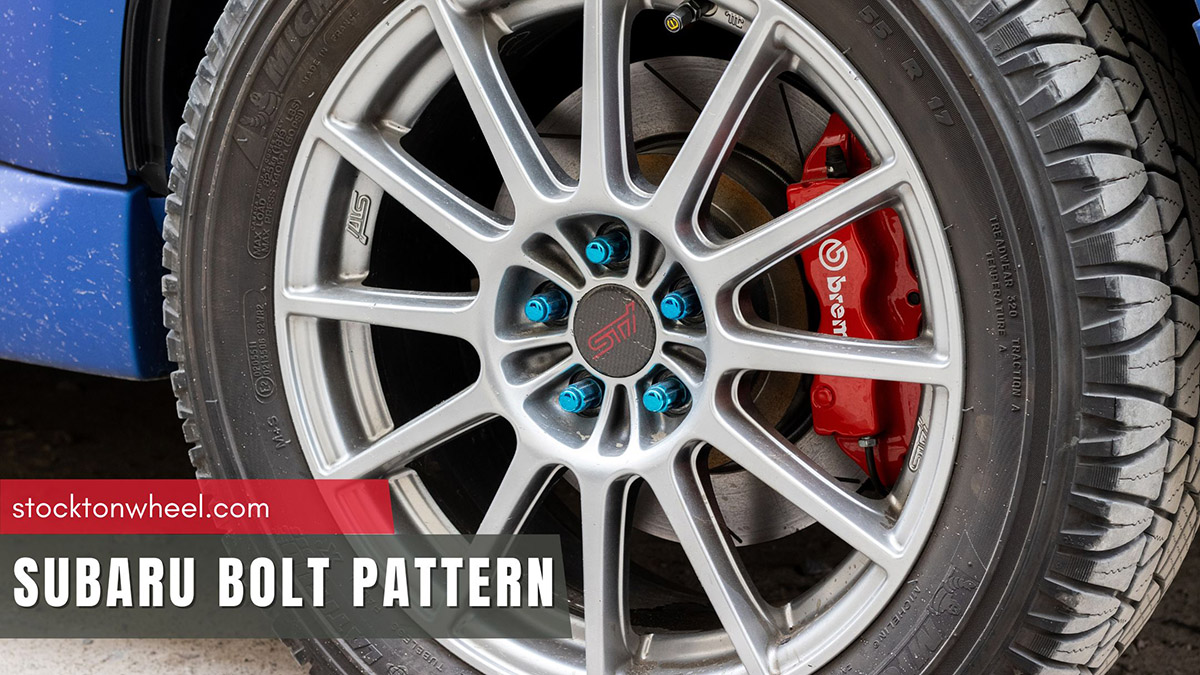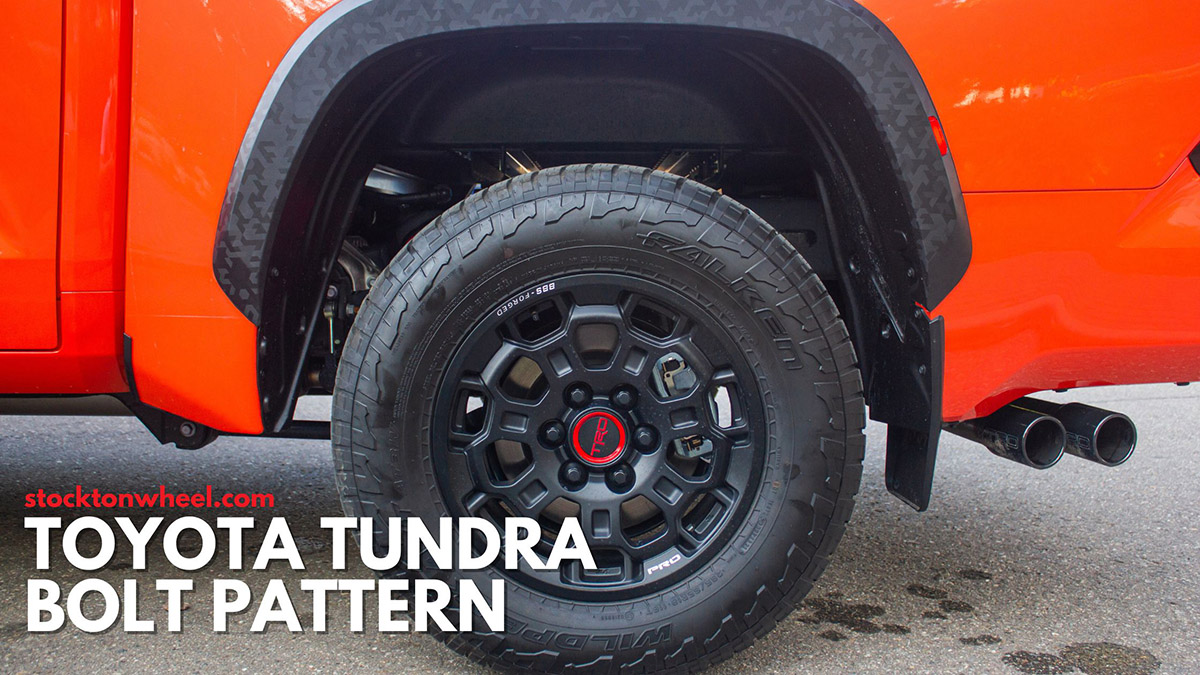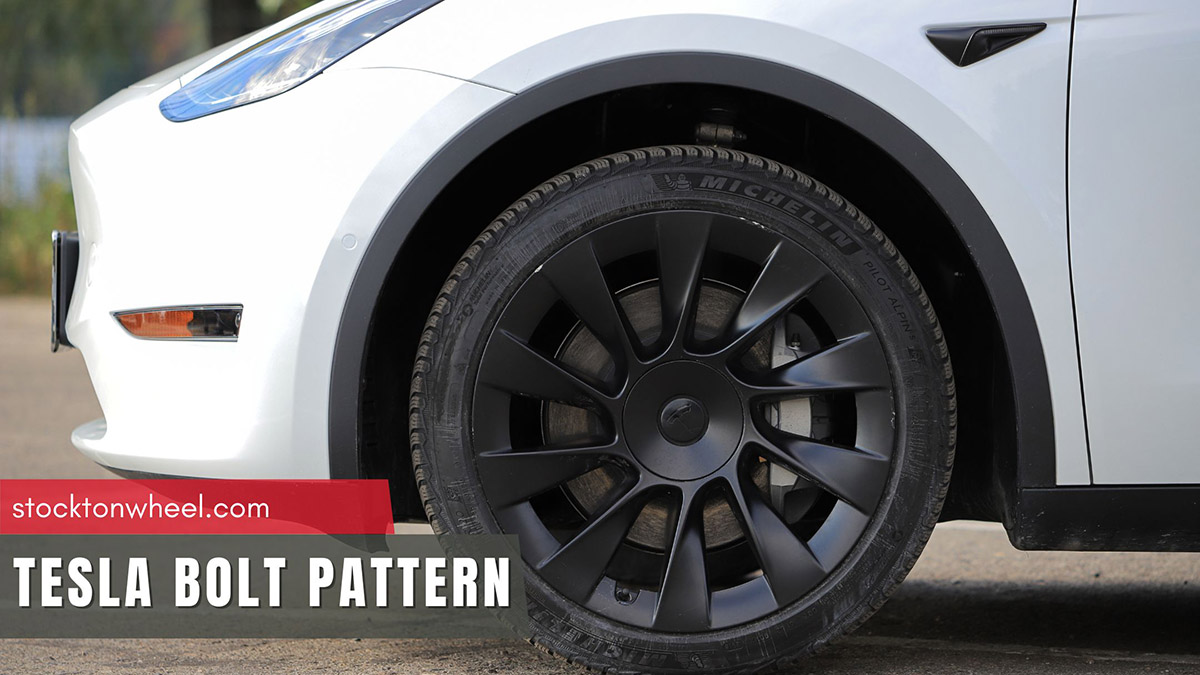Regarding vehicle maintenance, a simple yet significant factor that directly affects your tires’ performance, safety, and longevity is the correct tire pressure, also known as the PSI rating. But what is PSI exactly? Let’s dive deeper into the PSI meaning and unlock the secrets to maximizing your tires’ performance.
In this article:
What Does PSI Mean For Car Tires?
PSI stands for “pounds per square inch.” In detail, it relates to the amount of air pressure contained within a tire, exerted on each square inch of its internal surface. You should pump your tire to the recommended PSI, which is usually stated in the manual or a sticker on the driver side’s door.
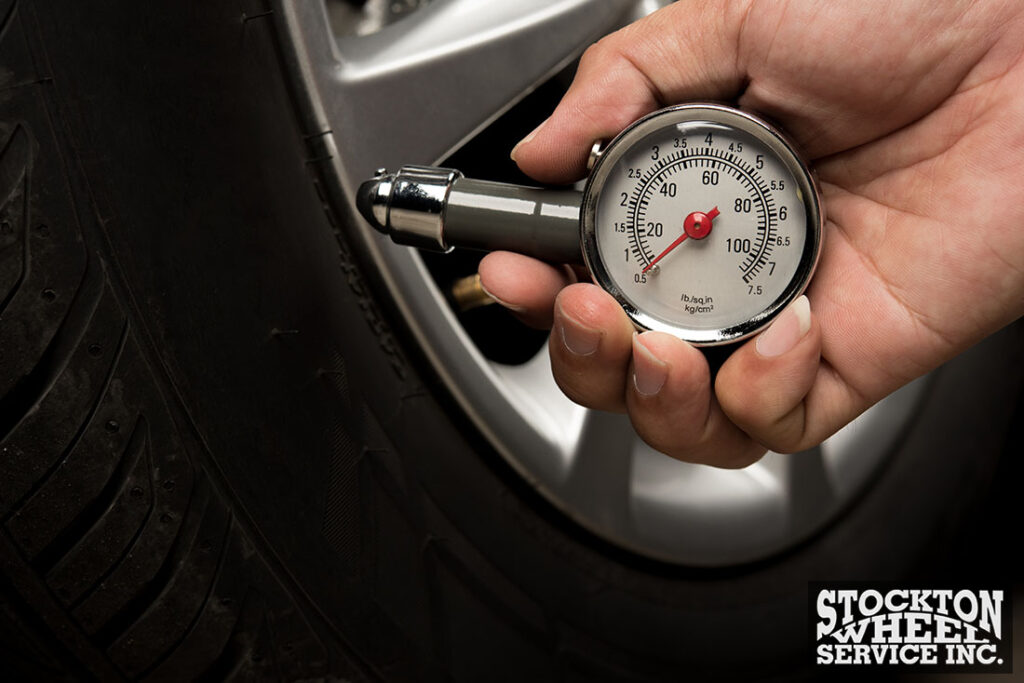
Why Is PSI Important For Tires?
First and foremost, maintaining correct ratings ensures safe operation. Proper pressure limits friction with the roads, thereby reducing excessive wear. As a result, the solid internal surface keeps you from the risks of sudden tire blowouts and accidents, especially during emergency maneuvers.
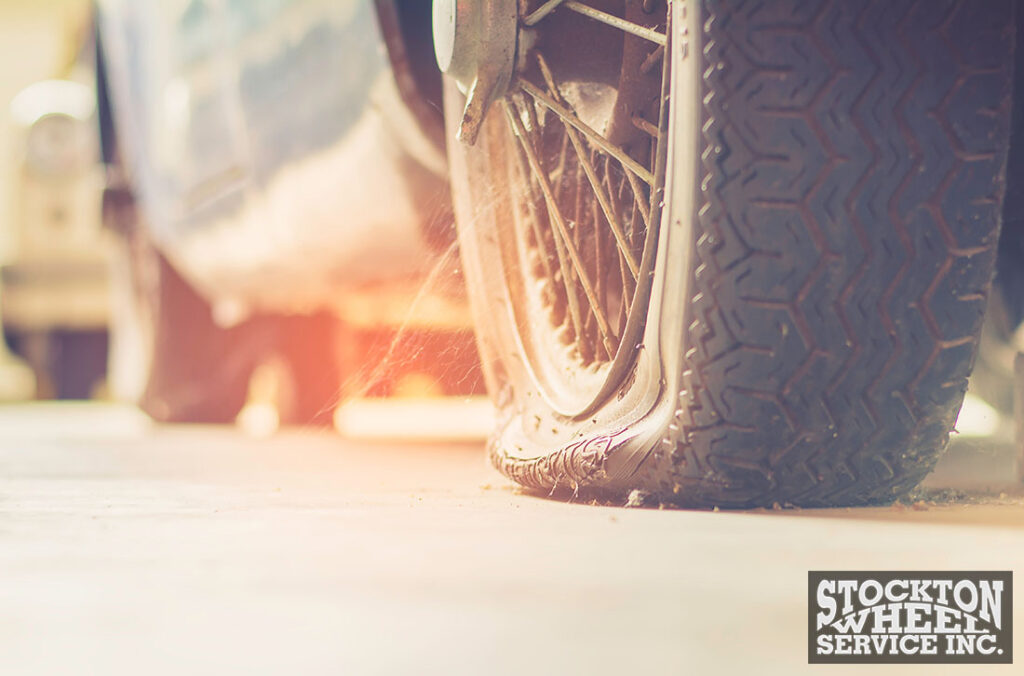
Additionally, PSI influences car performance, including braking, stability, and traction. These capabilities are achieved through improved steering response, enhancing the overall maneuverability. Vehicle owners can also expect a smoother driving experience since properly inflated tires have the right contact area with the road. Consequently, they absorb shocks better and boost stability.
Another significant influence of PSI is related to fuel economy. Underinflated tires increase rolling resistance, causing the engine to work harder and consume extra gas. According to the US Department of Energy announcement, correct tire pressure improves gas mileage by 0.6% to 3%.
Last but not least, tire pressure has a say in the extent of tear and wear. Insufficient or excessive pressure leaves serious consequences on rubber compounds. By adhering to the specific level, you can promote even tread wear and extend the longevity of your tires.
How Do I Check The PSI In My Tires?
Find The Recommended Pressure Range
Before measuring, you should know the PSI rating assigned to your tires, which normally falls between 32 – 35 PSI. Usually, manufacturers mention it in the owner’s manual or a small sticker placed on the driver’s door. This number implies the lowest PSI allowed for optimal and safe operation of your vehicle.
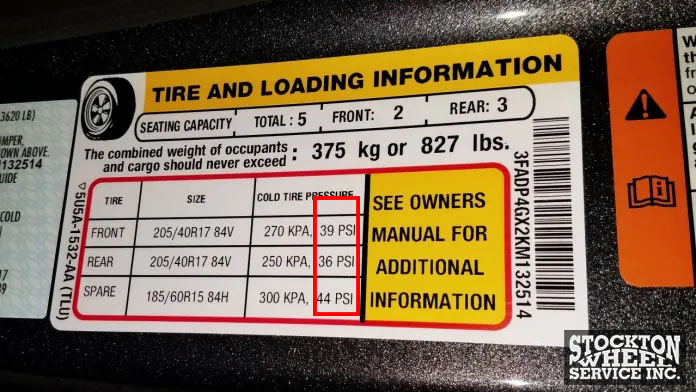
Note that the numbers on the tire are just for references. Front and rear tires may record different values, and this parameter usually implies a maximum pressure rather than the ideal level recommended by the manufacturer.
Some modern models now feature advanced tire pressure monitoring systems. Powerful sensors mounted on every tire sense pressure fluctuation and send data to a display on the dashboard, eliminating the need of using a gauge.
Let The Tire Cool Down
If you decide to measure tire pressure, let your items cool down first. Manufacturers recommend stopping driving for at least 3 hours before you take measurements. While the tire is hot, air molecules are still moving inside the tire, increasing the internal pressure and changing the readings.
Attach The Pressure Gauge
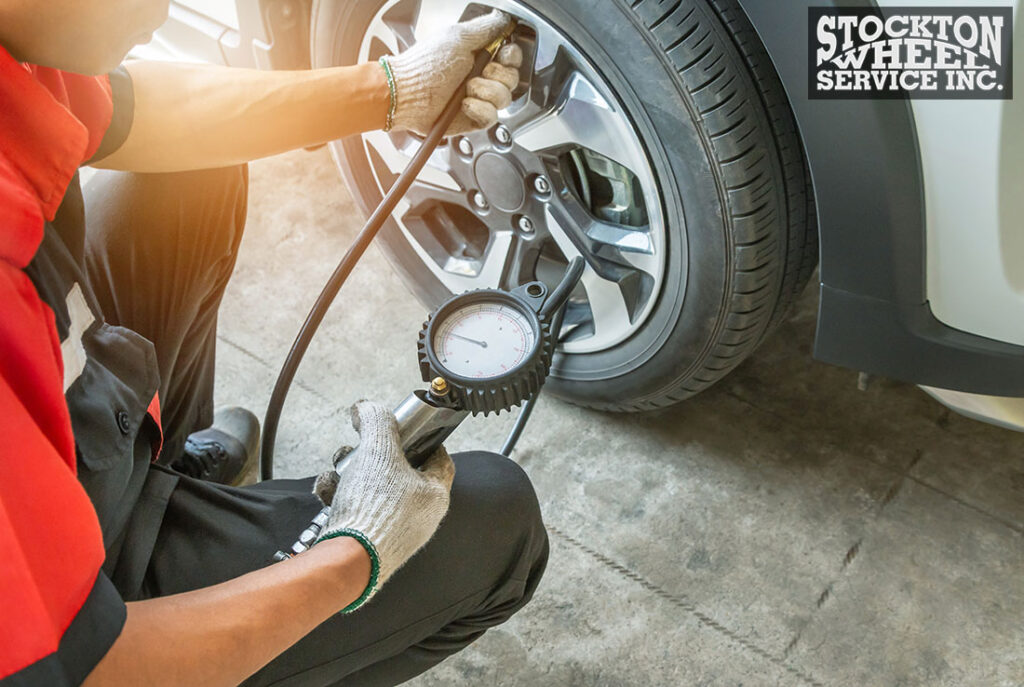
After the waiting time, remove the valve stem cap and quickly attach the pressure gauge to the valve stem. For those who don’t know, look for the black or silver part about 1″ long, located near the hubcap and protruding from the inner tube.
Adjust the meter to the correct angle until you no longer hear the hissing sound. Depending on the tool’s design, you may need a button to activate it.
Replace The Valve Stem Cap
Wait for a few minutes, and the tire pressure gauge reflects the current pressure level in your tires. Then, take out the meter and screw back the valve stem cap. Though it does not trap air, it prevents the penetration of moisture and dirt inside.
You are done if the reading of four tires stays within the recommended range. Otherwise, pump or release the tire air once the pressure does not match the manufacturer’s instructions.
What Happens If I Over-Inflate Or Under-Inflate My Tires?
The Risks Of Overinflated Tires
Under normal conditions, overinflated tires pose an increased risk of explosion. An unexpected blowout results in losing control over the steering wheel, putting you and other vehicles in danger. Other functions in the car are also compromised, most notably the anti-lock braking system.
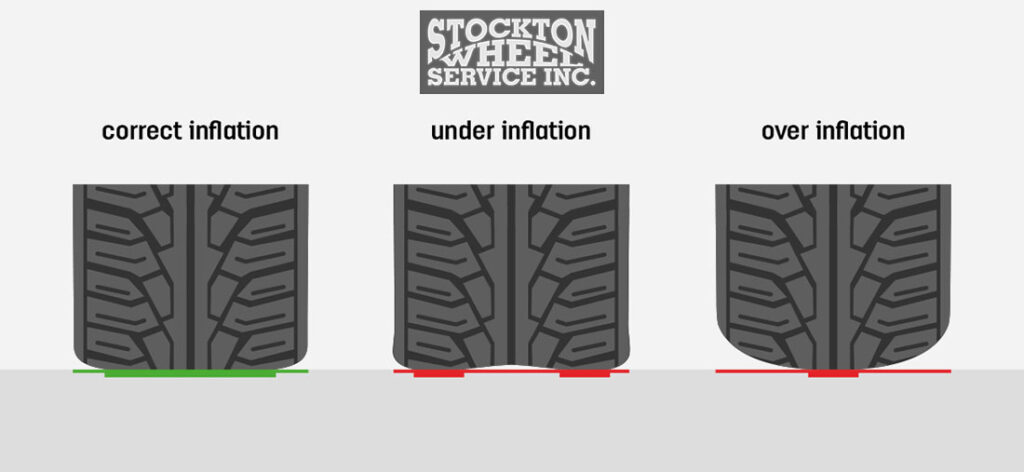
Additionally, this issue leads to a higher chance of damage due to their lack of flexibility. The rubber compound becomes stiffer, thus struggling to overcome potholes or other objects. The bouncing becomes more apparent to all occupants; hence, it never achieves a pleasant ride.
Further, overinflated tires are prone to center tire wear. This is because the contact area with the road surface is limited to the middle part of the tire. This area is subject to more friction, so it wears out more quickly than the remaining ones.
The Harm Of Underinflate Tires
Insufficient tire pressure reduces the tire’s ability to maintain proper contact with the road surface. For example, it leads to an excessive increase in the contact area with the road surface at the edge, making your tires wear out faster and shortening its lifespan.
This also results in compromised handling, reduced responsiveness, and decreased stability, especially during turns, lane changes, or emergency maneuvers. The vehicle may feel sluggish and less predictable, increasing the risk of an accident.
Underinflated tires create additional friction between the tire and the road, thereby increasing rolling resistance. The engine must work harder to push the vehicle forward, so it consumes more fuel.
How Often Should I Check The PSI In My Tires?
Most experts recommend checking tire pressure once a month. Tires naturally lose about 1 PSI monthly, but this rate can change, depending on the seasons or other external factors. Therefore, you must make this task part of your monthly automotive maintenance plan to ensure safety and efficiency. It would help to check the pressure more frequently when winter comes because the temperature drop forces the pressure to fluctuate drastically.
It’s best to check the PSI before you start a long trip or loading heavy cargo. Long drives can cause the tires to heat up, entailing a temporary increase in tire pressure. Overinflated or underinflated tires are the last thing you want on your ride, especially on highways. Also, heavy loads can put additional stress on the tires and change their pressure.
FAQs
What Determines The PSI Rating?
Several factors influence the PSI rating, including tire type, construction, load capacity, driving condition, and personal preferences.
What’s The Best Tire Pressure Tool?
The market serves many pressure tools, and the best one for you depends on your preferences and needs. However, three common options include digital gauge, analog gauge, and the tire pressure monitoring system (TPMS)
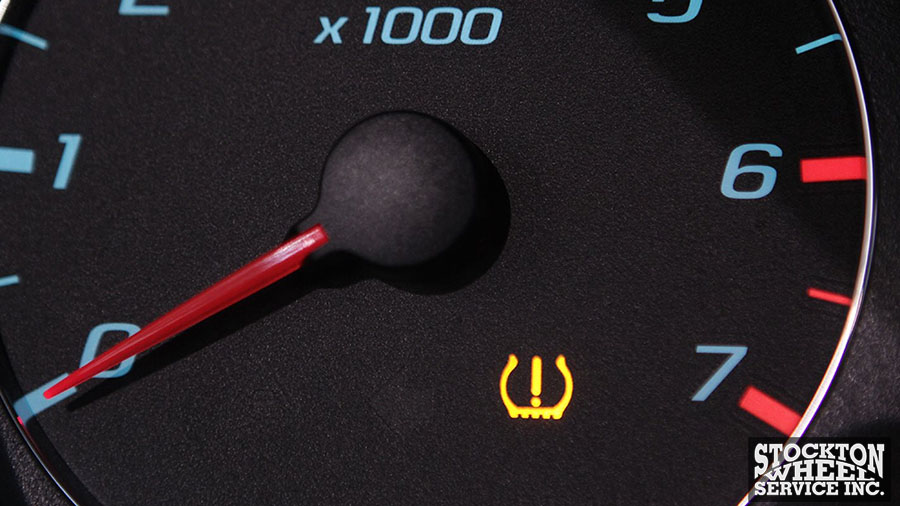
Conclusion
Remember, PSI is not just an acronym; it represents the important data to ensure the tire works at its best. Understanding the meaning of PSI in pressure is not only essential for your vehicle’s performance but also for your safety. Additionally, regularly monitoring and adjusting tire pressure is a simple yet essential part of car maintenance. So, take the initiative to prioritize, and you’ll enjoy a smoother, more efficient, and safer driving experience.
See more: What Causes Slow Leak In Tire?

